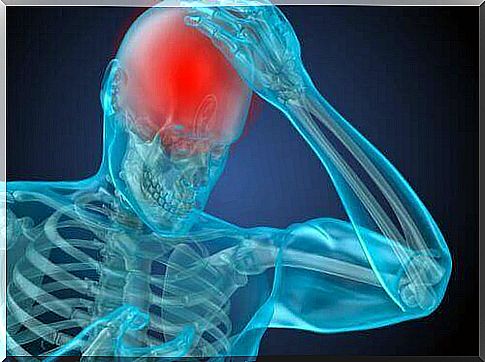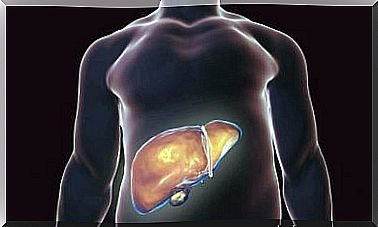Tramadol: What Is It And What Is It Used For

Tramadol is a drug prescribed to relieve pain. It acts on specific nerve cells of the spinal cord and brain.
This medicine belongs to the opioid family. However, tramadol behaves differently from other opioid-based drugs. However, we will discuss the mechanism of action of this drug in detail later.
In particular, tramadol is an effective pain reliever for the pain a patient suffers after surgery. A single 100 mg dose of this medicine is equivalent to 1 gram of paracetamol, one of the most widely used painkillers in the world.
In addition to its analgesic properties, it has also been studied for use as an antidepressant and for the treatment of obsessive compulsive disorder. This is because it promotes the release of serotonin. However, there is still no scientific research on the long-term effects of serotonin as an antidepressant.
Tramadol: An Opioid Drug

Opioids have active ingredients that are characterized by a strong analgesic effect. In general, they interact with certain receptors found mainly in the central nervous system and the gastrointestinal tract.
The term “opioid” is usually used to refer to all drugs that are similar to opium. However, it is more appropriate to limit the field of application to natural opium alkaloids and its semi-synthetic derivatives.
We can distinguish three main groups, namely the following:
- Opium alkaloids: morphine and codeine
- Semi-synthetic opioids : heroin and oxycodone
- Synthetic opioids : tramadol
How does it work?
This medicine has a dual mechanism of action. This means that the analgesic effect is generated by a combination of two mechanisms acting simultaneously.
On the one hand, it binds to μ-opioid receptors on neurons. These receptors are protein structures of cell membranes. When they interact with the molecule, it triggers a series of chemical reactions in the body, causing an effect.
On the other hand, there is the analgesic effect of Tramadol as it is a selective serotonin and norepinephrine reuptake inhibitor. That is why experts wanted to investigate whether this drug can be used to treat depression.
This drug inhibits the reuptake of norepinephrine and serotonin in the central nervous system. Thus, it prevents the transmission of pain.
Using Tramadol

Thus, tramadol is a drug used to treat moderate to severe pain. When administering this medicinal product, the doctor should adjust the dose according to the intensity of the pain and the patient’s sensitivity.
However, doctors should always give patients the lowest effective dose possible to avoid side effects. Certain population groups should also always take the lowest possible dose. This is because their clinical situation puts them at greater risk of complications.
Here are some of the basic guidelines doctors use:
- Adults and teenagers over the age of 12 should never exceed a daily dose of 400 mg. If the patient’s condition is very serious and he or she requires long-term treatment with this drug, this should always be done with close specialist monitoring.
- Elderly. Dose adjustment is usually not necessary until the age of 75 years, if the patient does not suffer from renal or hepatic failure. However, the older a person is, the more time should be between doses.
- Patients with renal or hepatic failure. Finally, physicians usually extend dosing intervals according to the clinical needs of each patient.
The side effects of Tramadol

Tramadol, like all medications, has potential side effects. The most common are nausea and dizziness. However, it can also cause other side effects, such as:
- mental disorders
- addiction
- stomach and intestinal problems
- poor vision
- nervous system problems
Conclusion
Finally, this drug is a prescription drug. This means that you should not take it without medical approval. Abuse of Tramadol can lead to dependence, which can have serious health consequences.









